.......................................................................
The
Language of Flowers
Bridal
folklore throughout history, inspired by ancient mythology, tells of maidens
entwining creamy white, aromatic orange blossoms into a bridal wreath for their
hair, to ensure fertility; or
carrying a bunch of sweet-smelling white lilacs, representing innocence; or tucking fragrant herbs
into their bouquets, rosemary for remembrance and dill, believed to provoke lust.
(Both herbs were also eaten for their supposed powers!)
Along
came the French, picking up where the ancient Persians left off by assigning
meanings to flowers and herbs, and in 1819 published Le Langage des Fleurs. The etiquette-driven, ritual-loving
Victorians, as passionate as they were sentimental about flowers, followed
suit. With so many rules and restrictions about what was proper to say to whom
(and outright flirtations certainly prohibited), they adopted the
romance-filled language of flowers and, to help sort it all out, created their own dictionary-like books,
lyrically illustrated.
This
romantic language was perfect for weddings since many brides, including royal
ones, lead with the heart when it comes to their wedding bouquet. Queen
Victoria carried a nosegay of snowdrops, noting friendship (they were her beloved Albert’s favorite flower); and
Grace Kelly, after much thought, selected lilies of the valley as her simple
wedding bouquet, meaning return of
happiness. And along with the other all-shades-of-white flowers, Kate
Middleton, of course, had blooms of Sweet William, signifying gallantry.
Princess
Diana’s massive bouquet—to match the scale of her bouffant gown—was filled with fragrant cream and yellow flowers and
greenery from gardens all over England and included (by special request from
the palace) “Mountbatten” roses, a glorious shade of yellow mimosa rose named
for Prince Charles’ adored late uncle, Lord Louis Mountbatten. However,
according to the Kate Greenaway version of Language
of Flowers, yellow roses have the unfortunate, but in this case prophetic,
meaning of decrease of love and jealously. (Ouch!)
Yet
nothing could be as sincere and sentimentally dear as Meghan Markle’s small,
almost childlike arrangement bound in a raw silk ribbon. The morning before
their wedding, Prince Harry picked a handful of white flowers from the couple’s
private garden at Kensington Palace for the florist to use in his bride’s
bouquet—including scented sweet peas, jasmine and forget-me-nots; other petite blossoms
were astilbe, lily of the valley and astrantia. Sweet peas represent delicate pleasures; jasmine, sensuality and grace; and the fabled forget-me-nots (a favorite of Harry’s
mother) speak for themselves—yet for an added heart-tug, they also indicate true love.
The bridal bouquets of Diana and both
her daughters-in-law had green sprigs of myrtle, Victorian-era symbols for fidelity. Like the last several
generations of royal brides, the myrtle came from shrubs at Osborne House on
the Isle of Wight, planted by Queen Victoria and Prince Albert. The legendary
connection continued when stems from the 1947 bridal bouquet of then Princess
Elizabeth, Harry’s grandmother, were also planted amid the mythical landscape. So
through the language of flowers, the hope of fidelity—and love forever—continues. ~
[Bits
excerpted from The End of the Fairy-Tale Bride: For Better
or Worse, How Princess Diana Rescued the Great White Wedding—and other
bits added after the flower-feast and love-fest wedding of Harry and Meghan!]








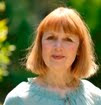
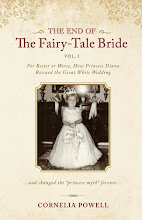
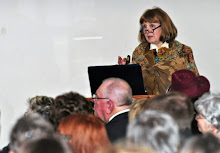
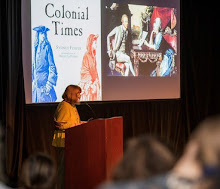



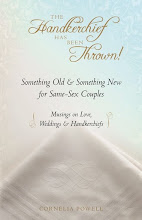

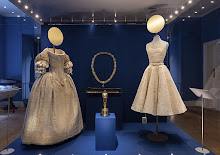
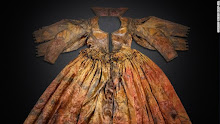
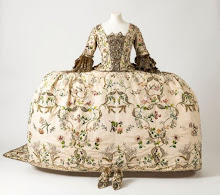






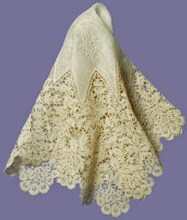
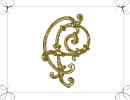
No comments:
Post a Comment